Walking on Tran Phu Street, Ward 1, Vung Tau City , we always see the image of a white mansion with a red tiled roof, located between Bai Truoc and Bai Dau, on the slope of Big Mountain, with a view towards the sea. That is Villa Blanche, also known as Bach Dinh, is a destination not to be missed when coming to Vung Tau city .
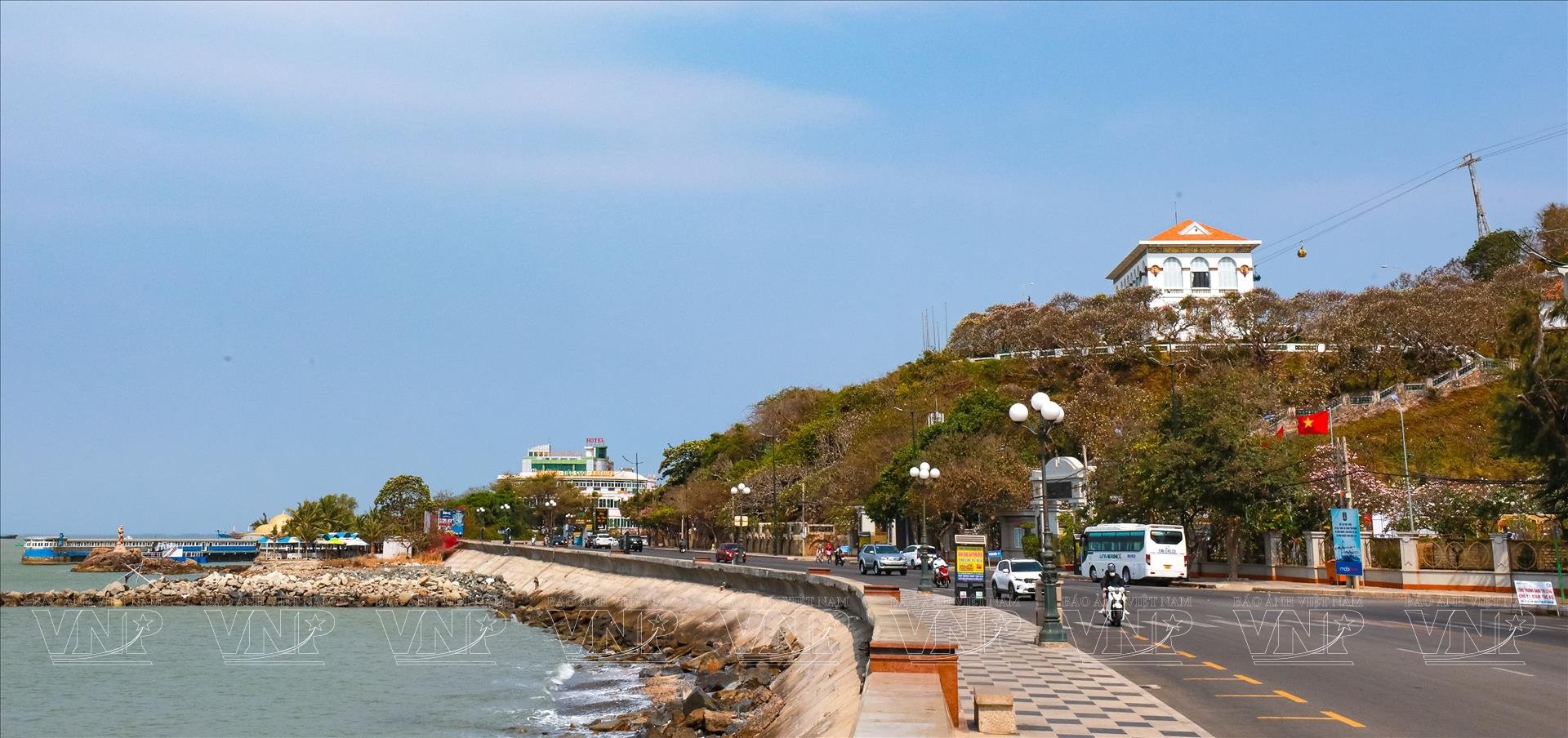
The White Palace was built from 1898 to 1902. It was once used as a vacation home for the Governor-General of Indochina, Emperor Bao Dai and the Presidents of the Republic of Vietnam. It was also the place where the French colonial government imprisoned King Thanh Thai from September 12, 1907 to 1916.

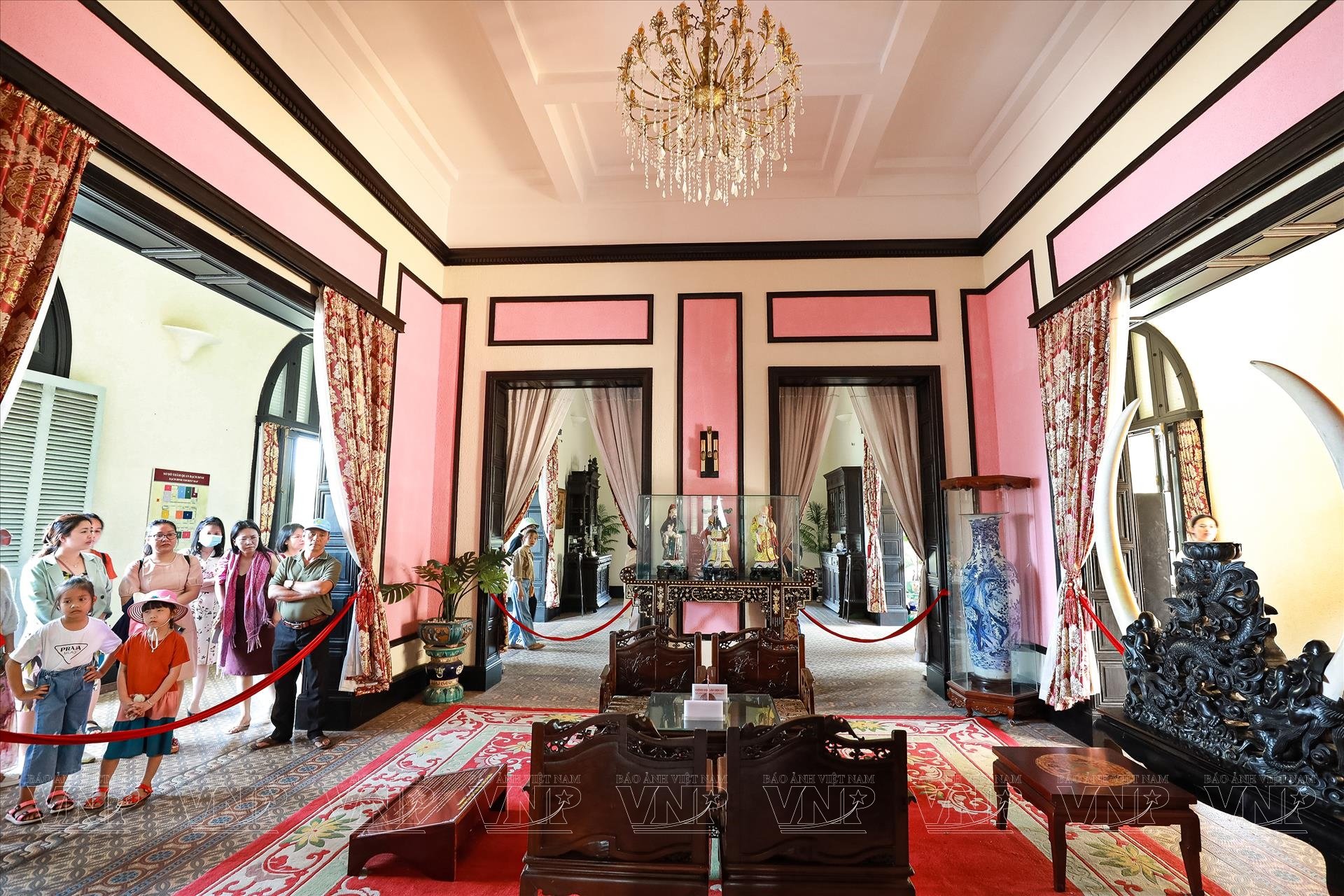
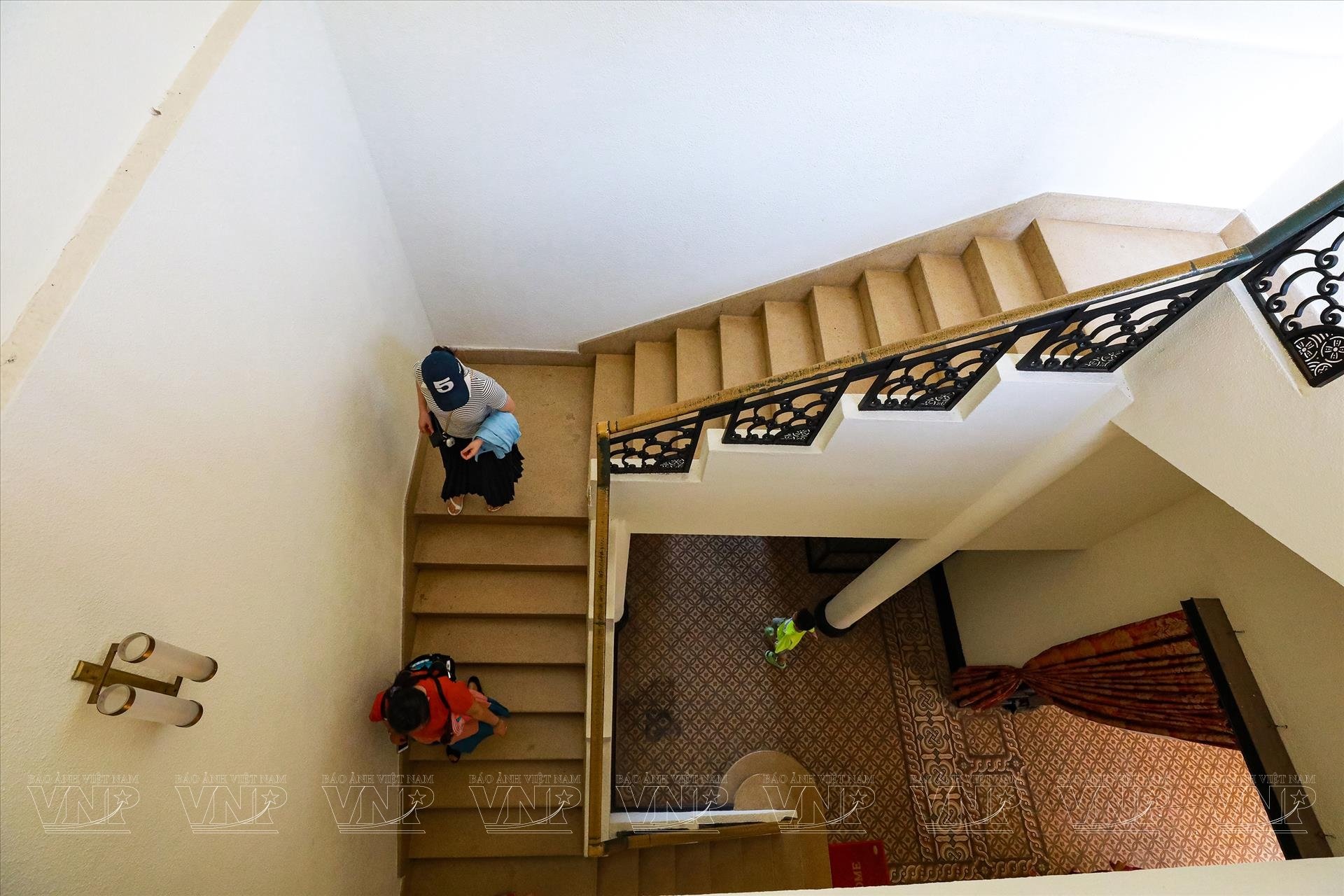
The White Palace is a 3-storey building, 19m high, 25m long, the whole house is whitewashed, with arched doors and tiled roofs. When visiting the villa, visitors can see the French architecture from the shape to the layout with very artistic decorative borders. Colored porcelain is the main material for decoration, creating images. A pair of peacocks with jade green color, dotted with sparkling silver dots are spreading their wings and dancing, making the house look elegant. The faces of beautiful European women, like gods in Greek mythology. A pair of carp wriggle as if wanting to turn into dragons. Chrysanthemums and sunflowers border each area around the house, sparkling in the morning light, shining brightly in the sunlight, making the White Palace even more splendid.
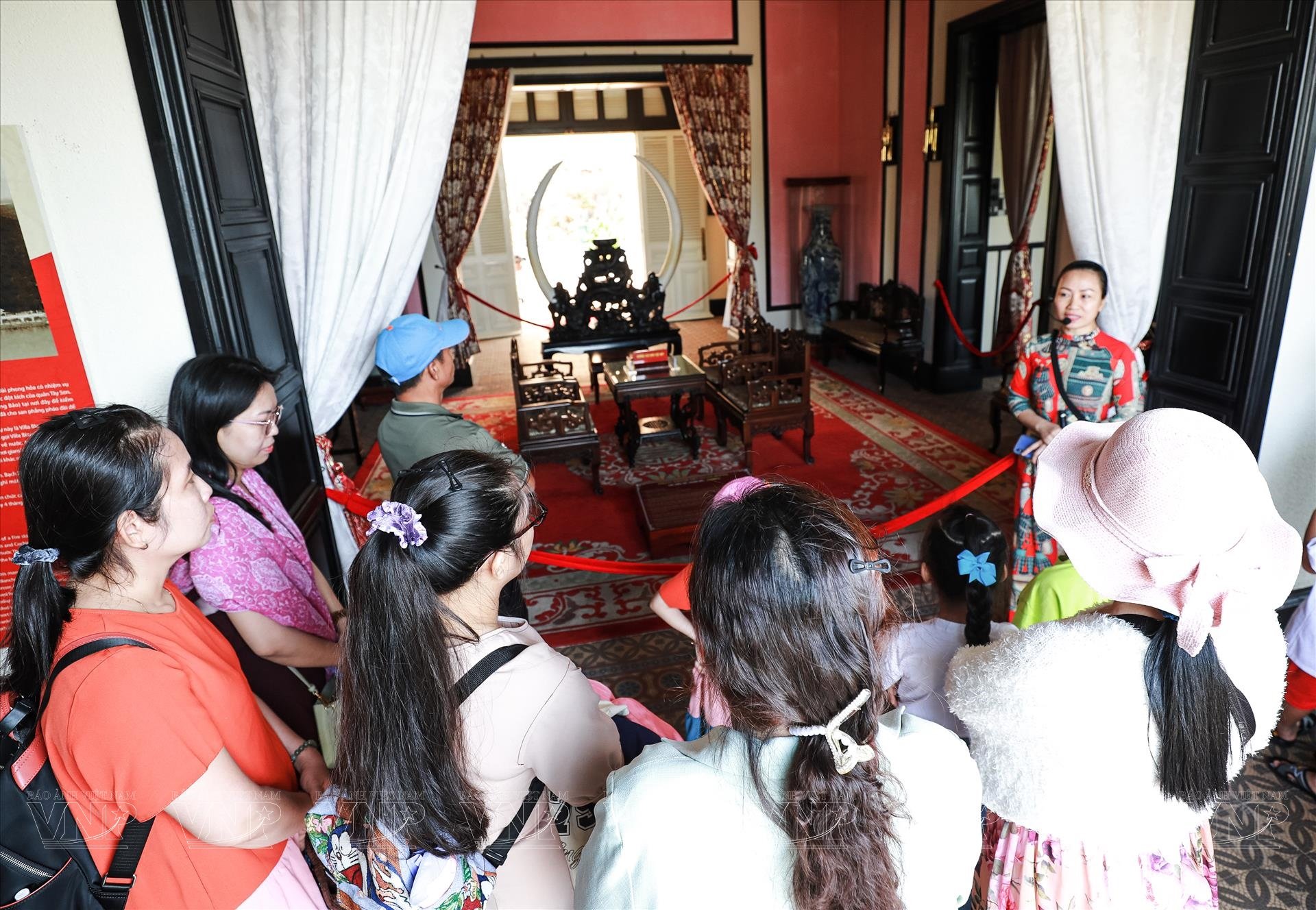
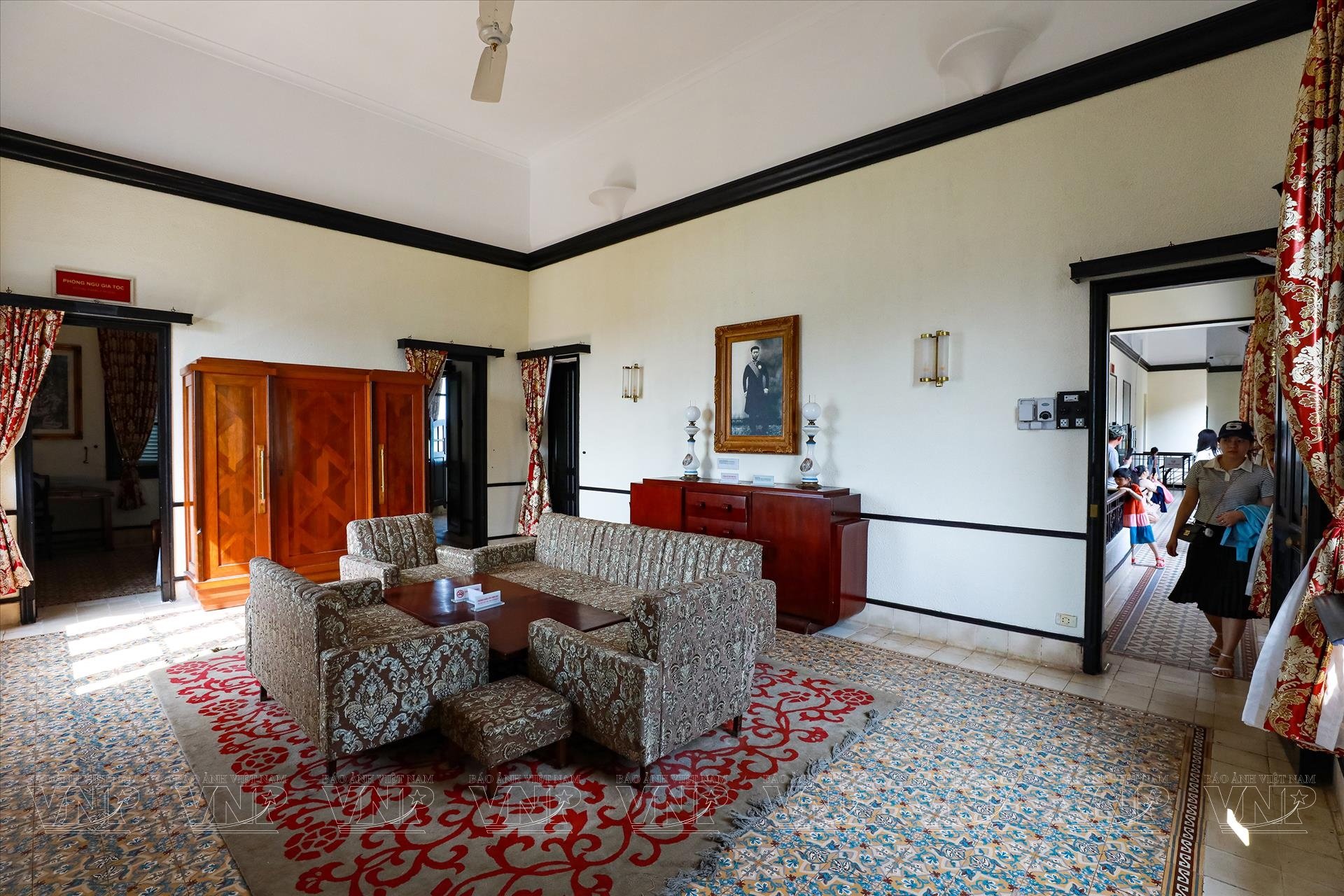
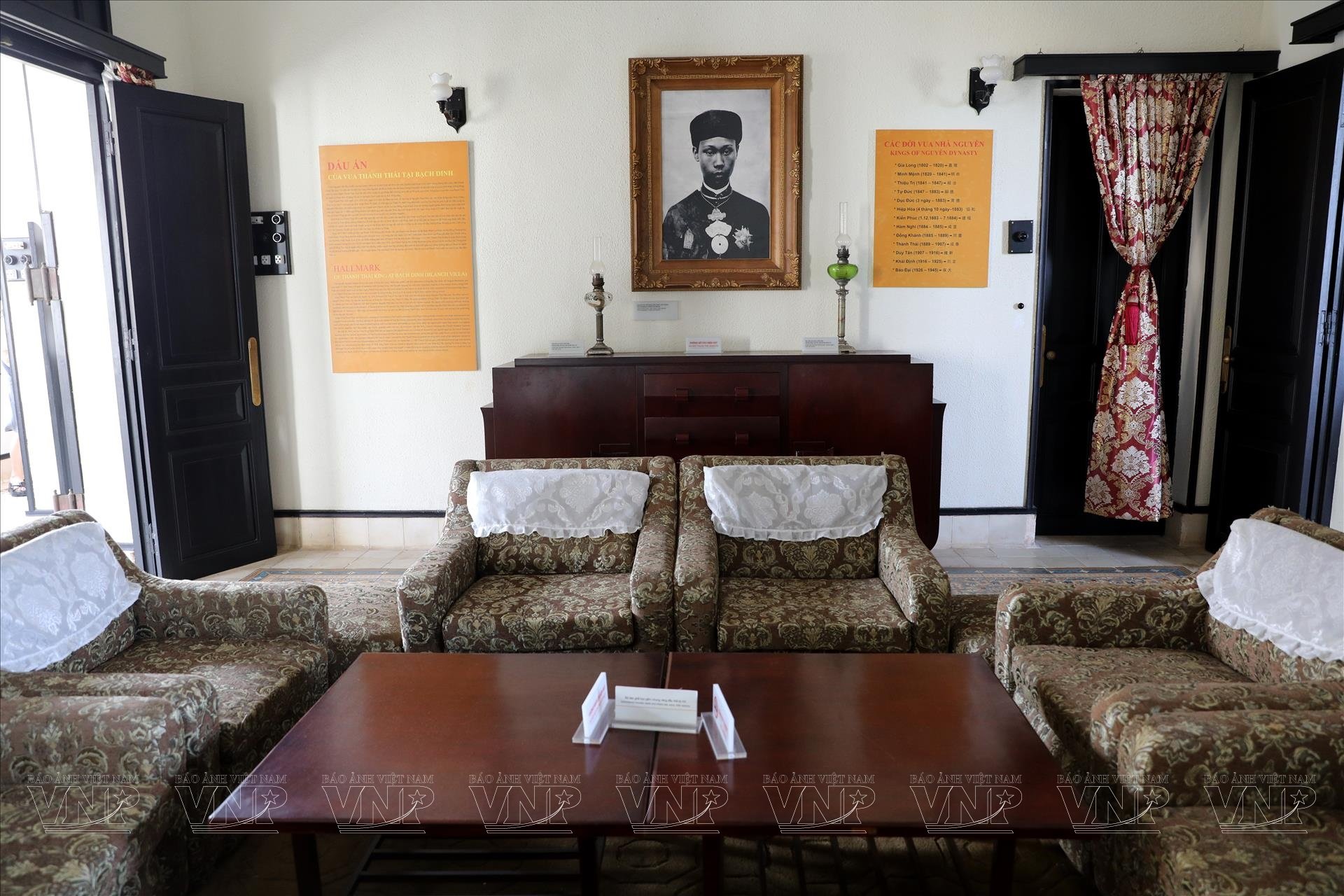
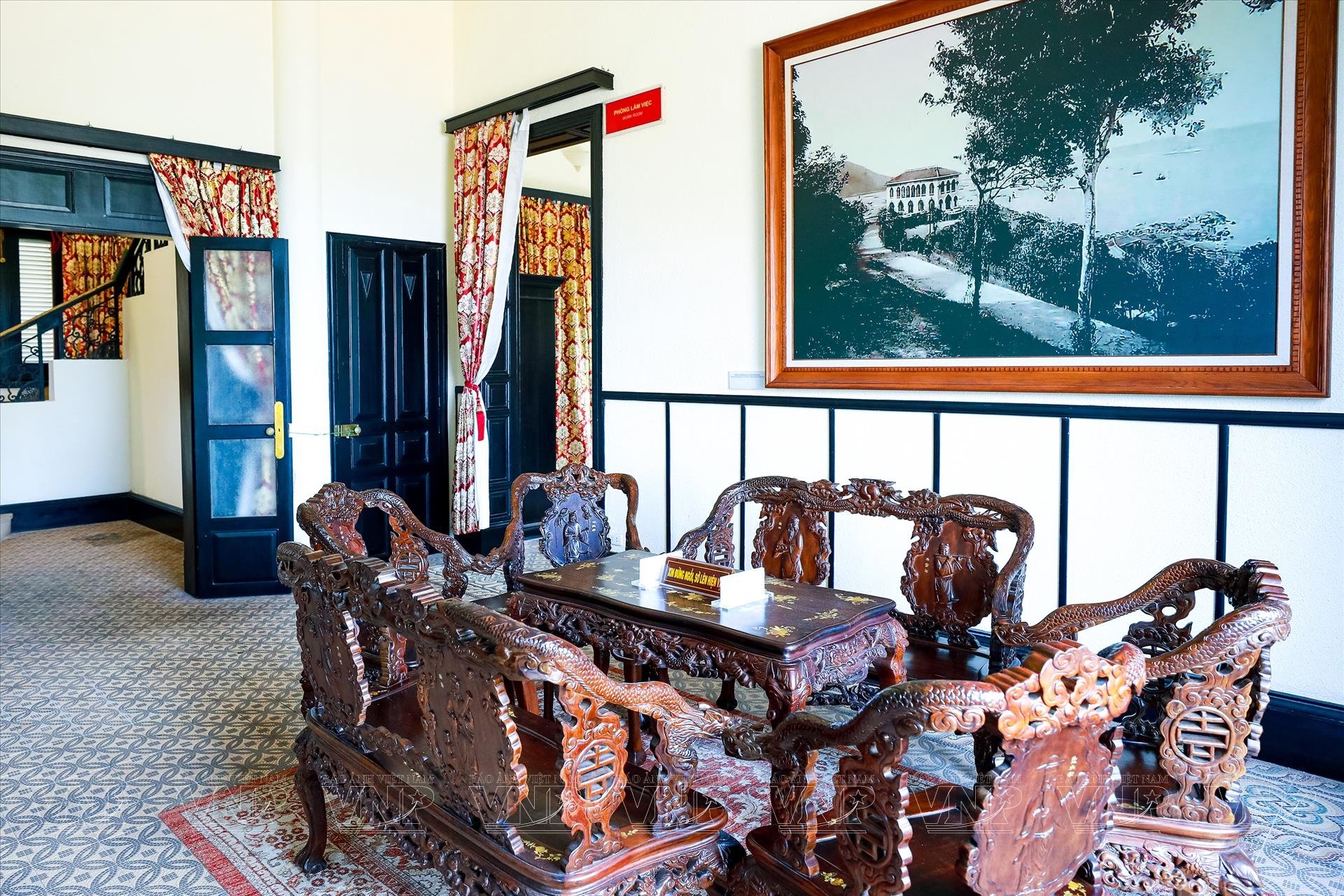
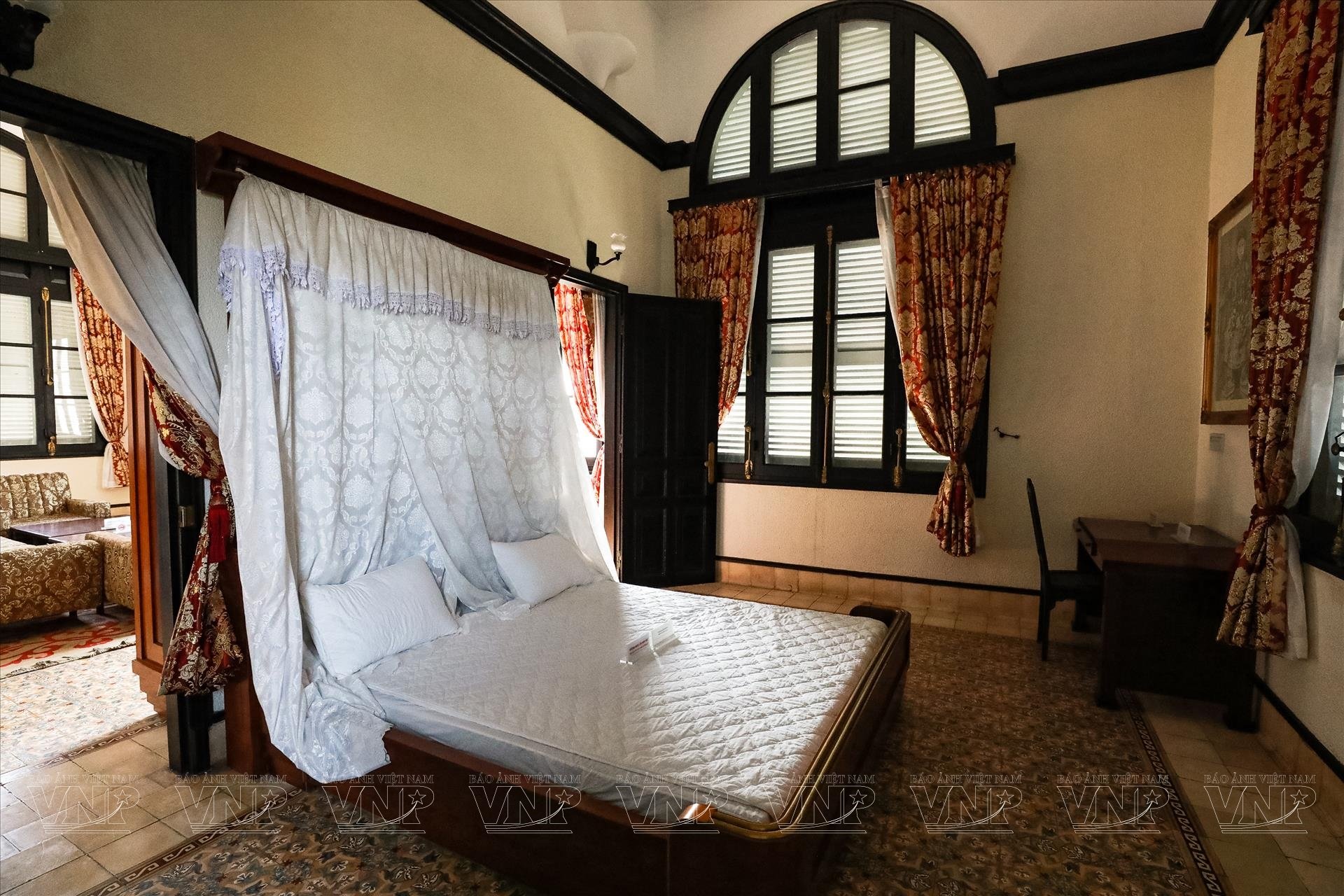
Particularly impressive are the 8 busts in the ancient Greek art style surrounding the 3 main walls of the house. The statues are all made of colored enamel porcelain, with delicate and lively facial expressions. Perhaps these are portraits of some famous people in European history, more than 100 years of testing time, the architecture of Bach Dinh still retains its elegance, harmony and majesty.
The villa is placed with its back against the hill behind and facing the ocean in front, not only creating a solid position but also allowing those living inside to welcome the sunrise and watch the ripples on the sea surface right outside the window. In addition, this "back against the mountain facing the water" position also has a very important meaning in terms of feng shui and spirituality.
The overall shape of the White Palace bears the strong mark of French architecture, and if you pay close attention, you will realize that the decorative patterns on the borders also clearly show the characteristics of one of the oldest and most famous art forms in the world. In front and on both sides of the villa are placed 8 stone statues designed in the style of ancient Greek - Roman sculpture.
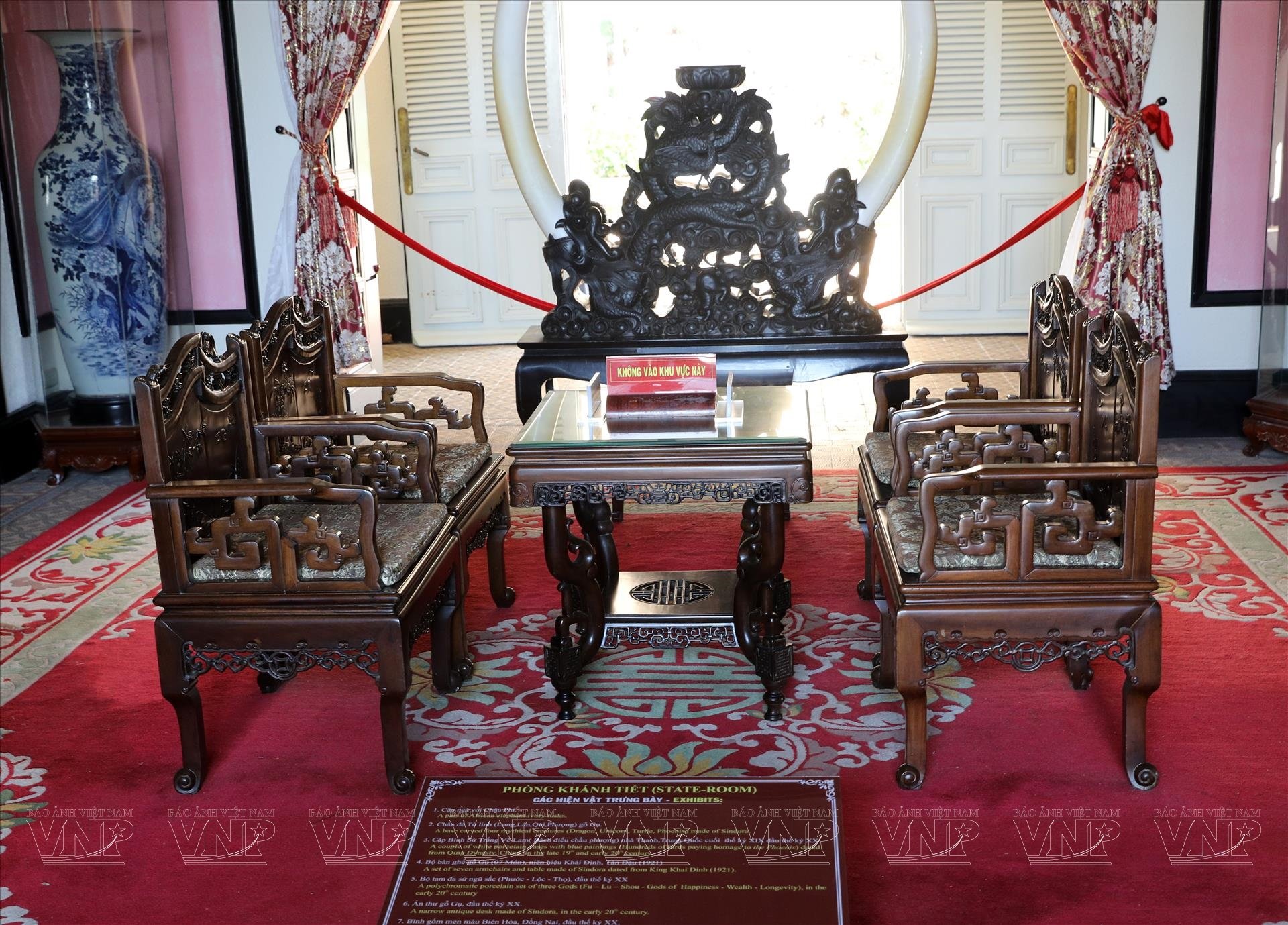
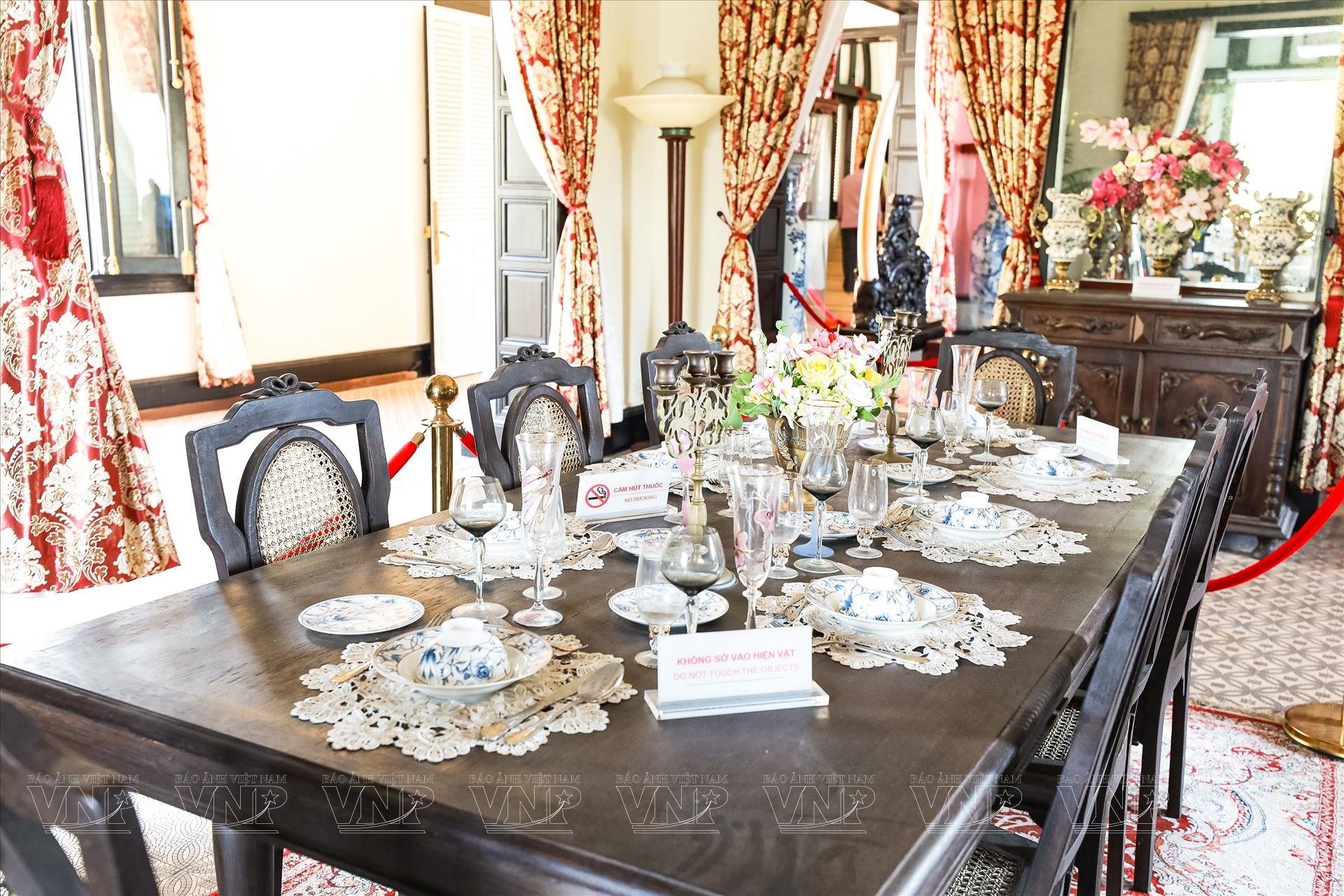
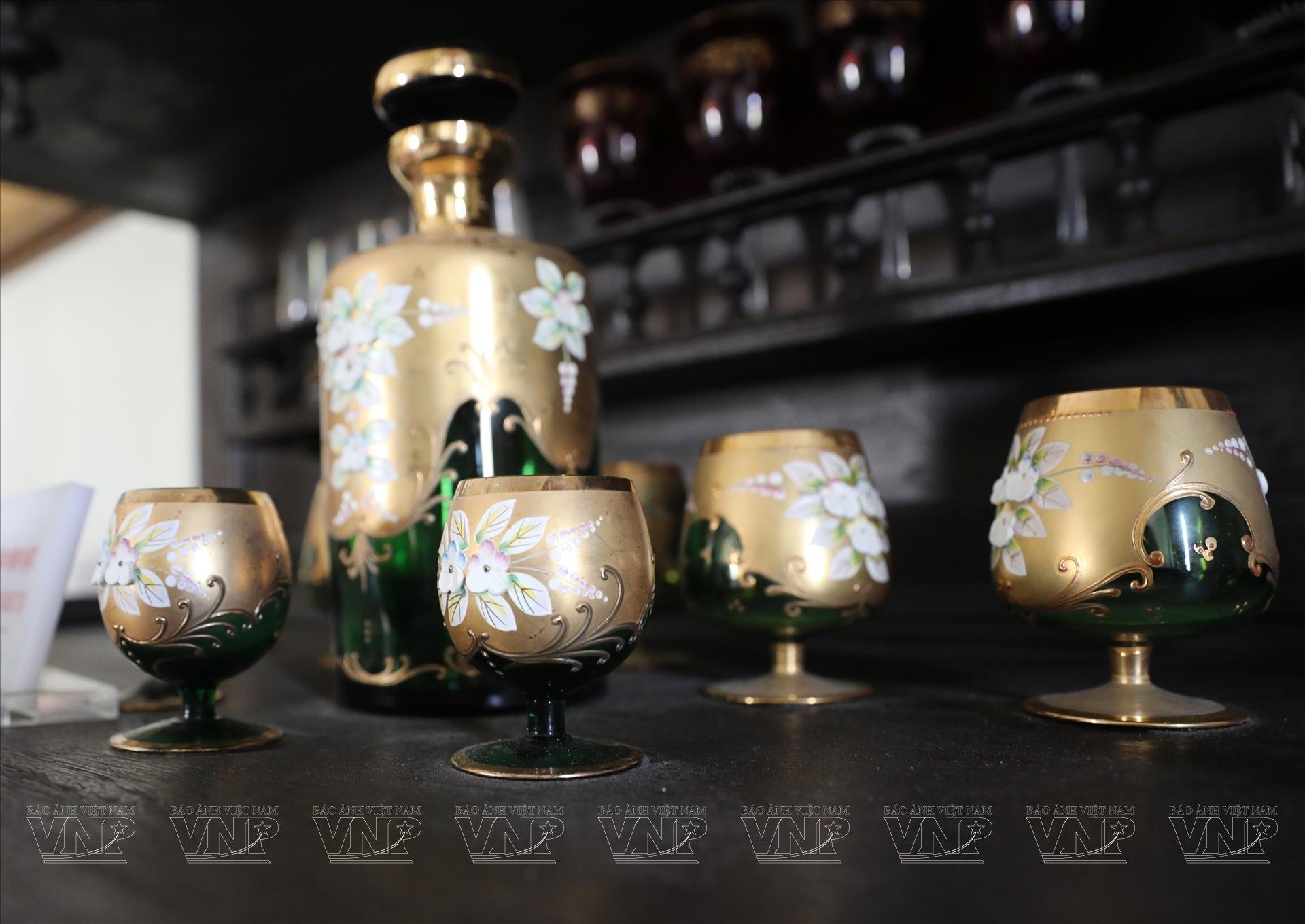
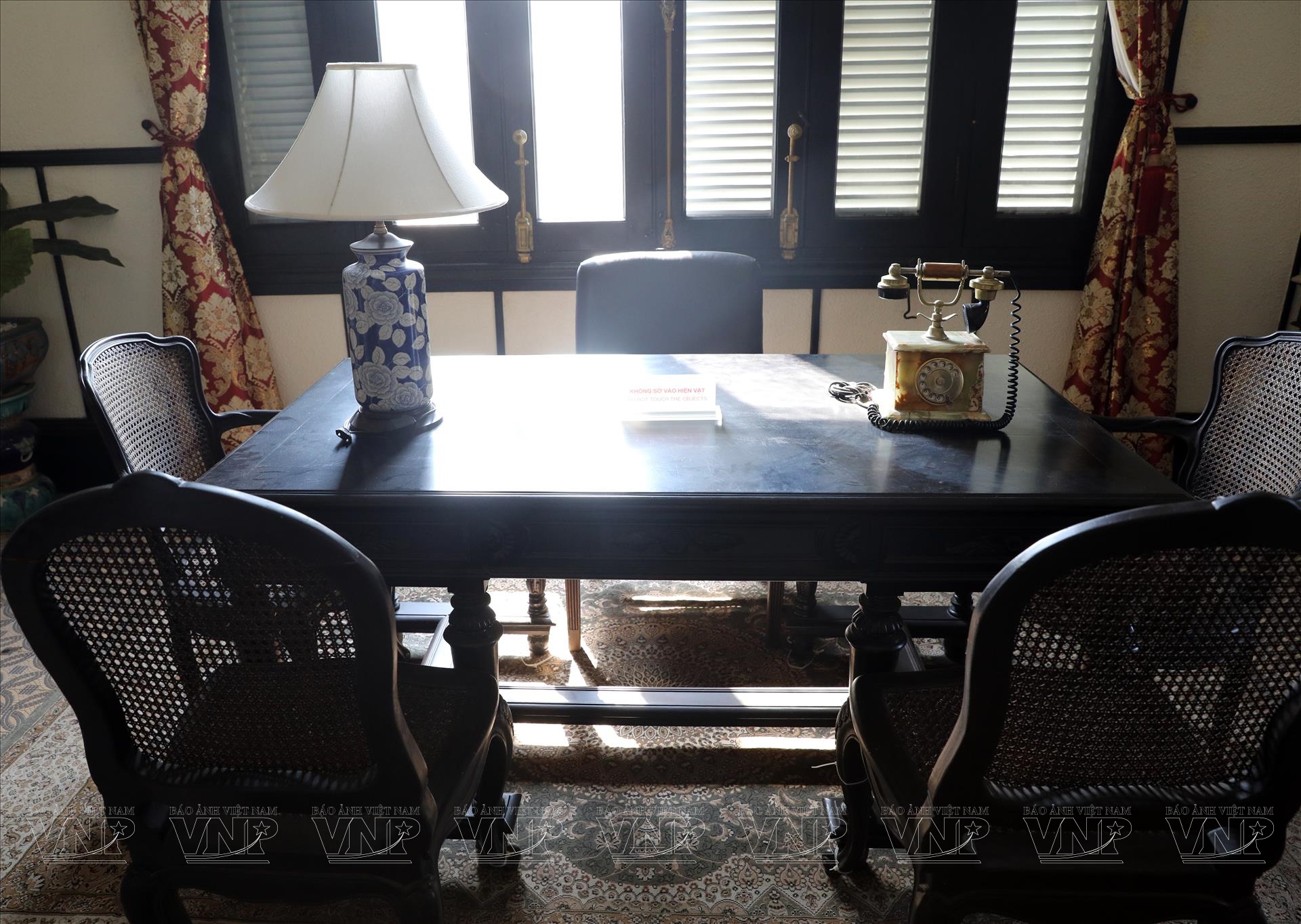
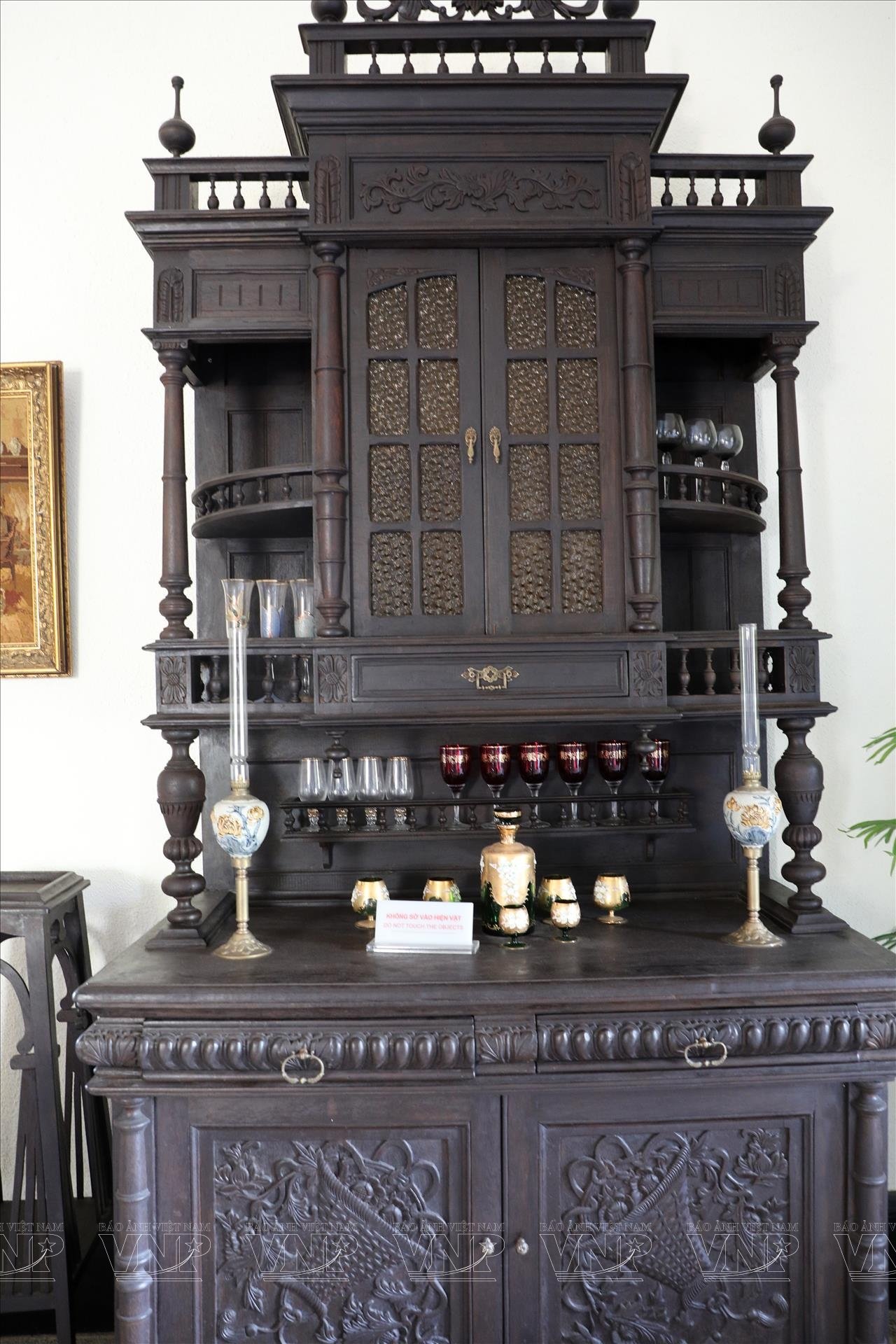
Today, the ground floor of the White Palace still preserves valuable antiques that were used for decoration in the past. These are items that are deeply imbued with Vietnamese cultural traditions such as the Royal sofa set dating back to 1921 under the reign of King Khai Dinh, the pair of vases with a hundred birds and a phoenix, and the three gods of Happiness, Prosperity, and Longevity. In addition, there is an item imported from far away overseas: a pair of 1.7 meter long African elephant tusks that show the regal aristocratic style of the building's owner.
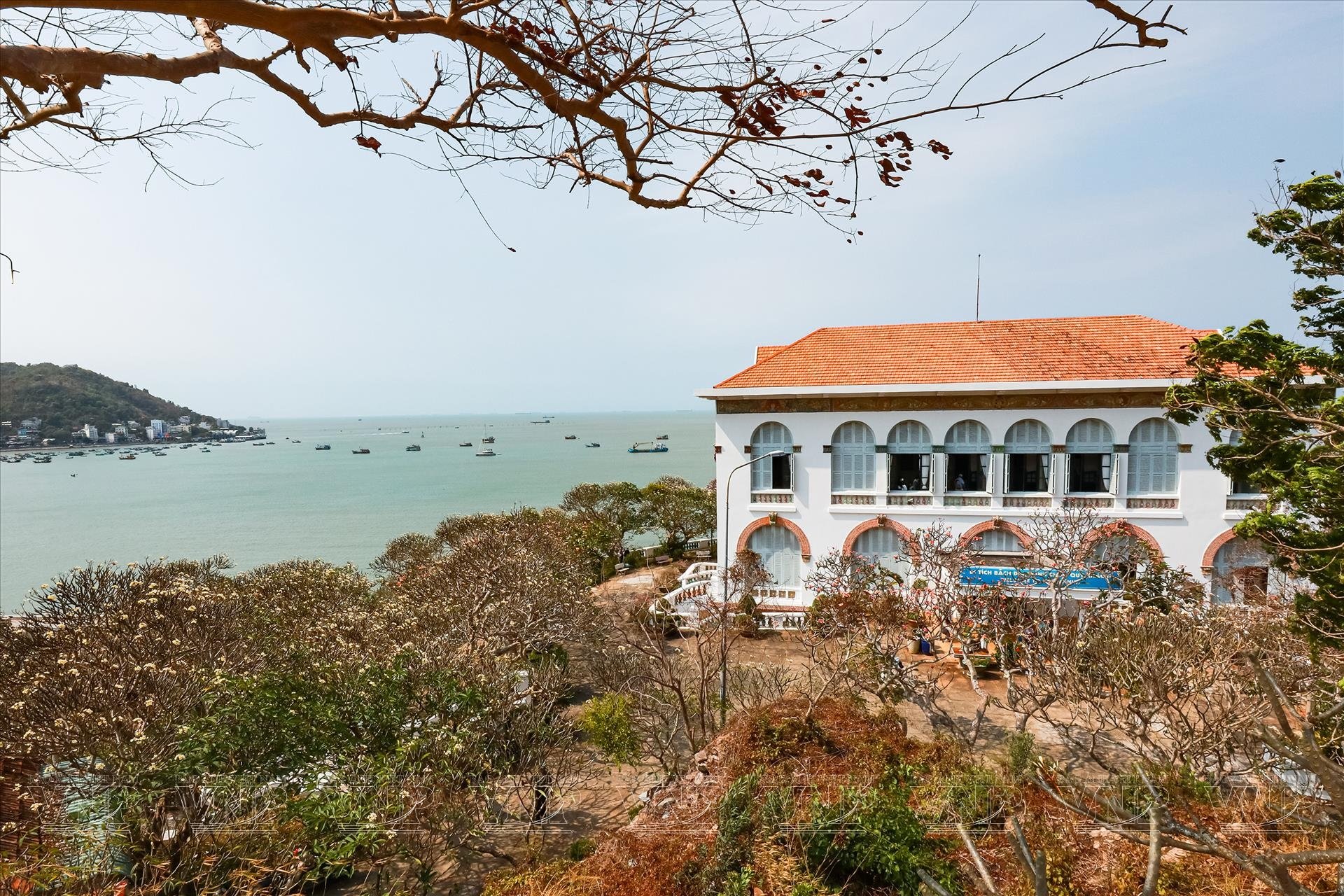

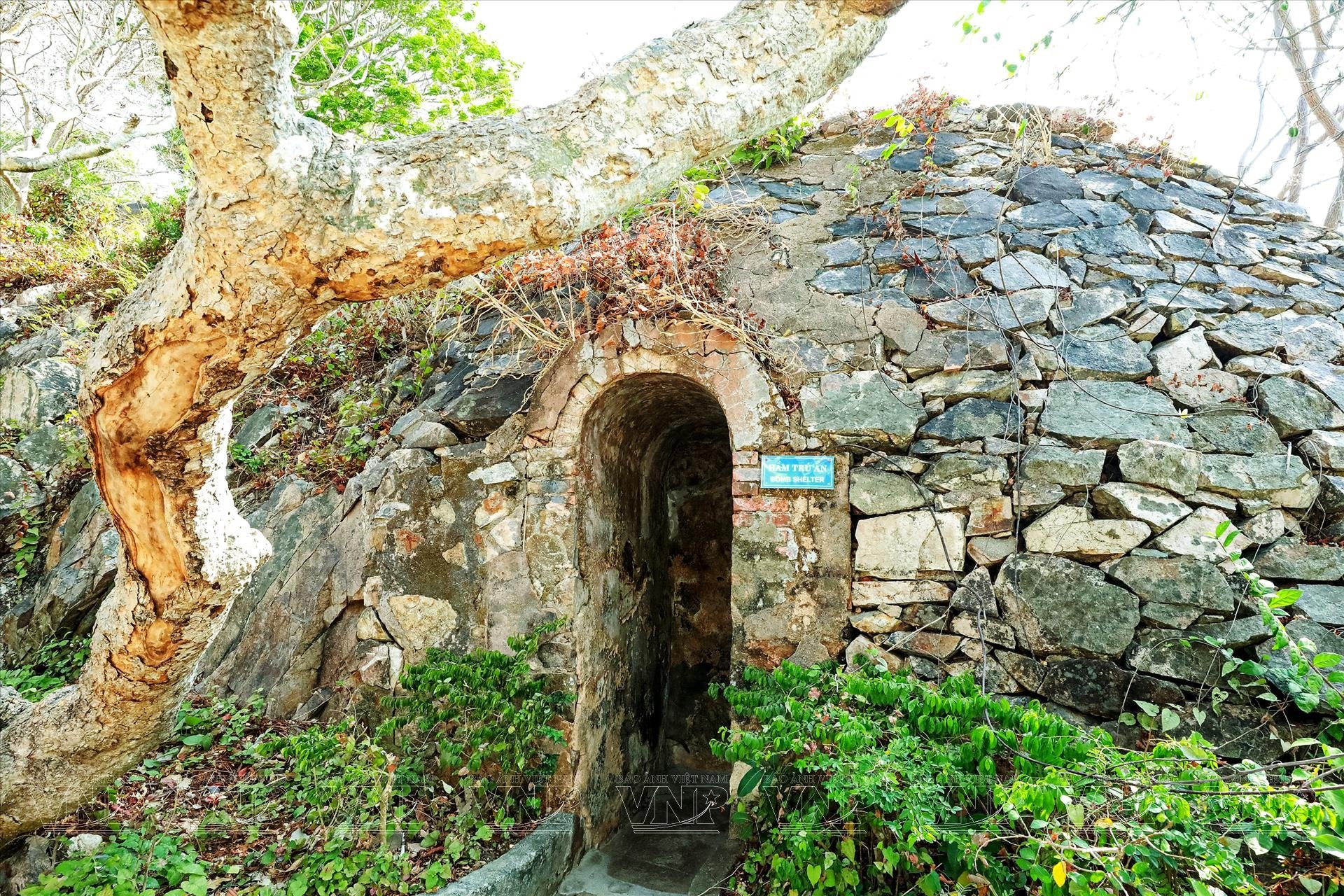
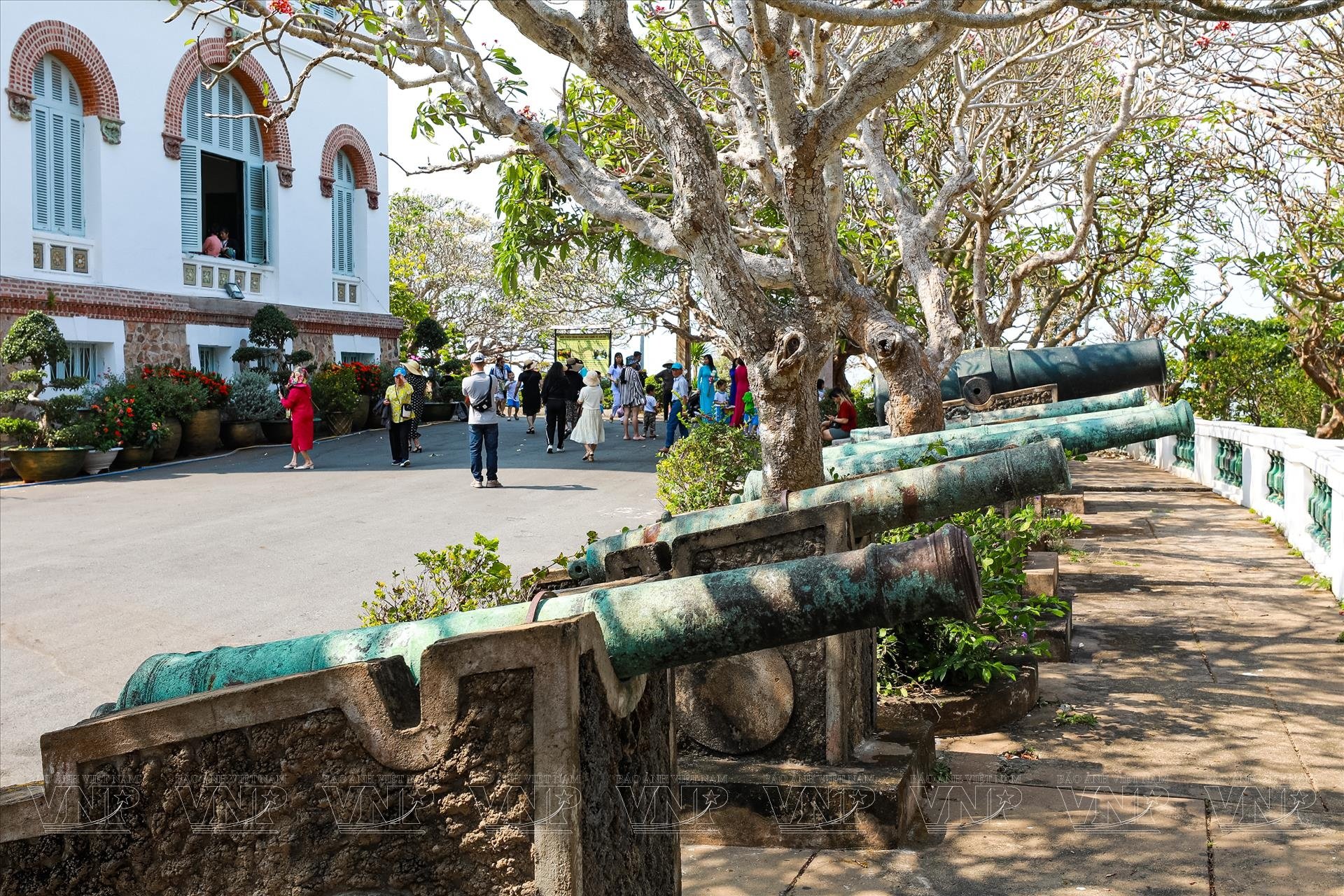

Not only preserving the belongings of the old owners, today the White Palace is also used as a place to display precious antiques, including cannons and especially a set of "underwater treasures" salvaged from ships that unfortunately sank in the waters off Con Dao around the 17th century, which are thousands of beautiful Chinese ceramic items made during the reign of Emperor Kangxi of the Qing Dynasty.

Through the years and historical changes, witnessing many generations of "owners" coming and going, Bach Dinh still sits quietly on the sturdy mountainside, facing the sea as if waiting for visitors to visit. The green tree-shaded paths, the steps bearing historical footprints, all remain intact, taking visitors into the fairy garden with stories about the king of the past. /.
Article: Thong Hai; Photos: Le Minh - Thong Hai/Vietnam Pictorial








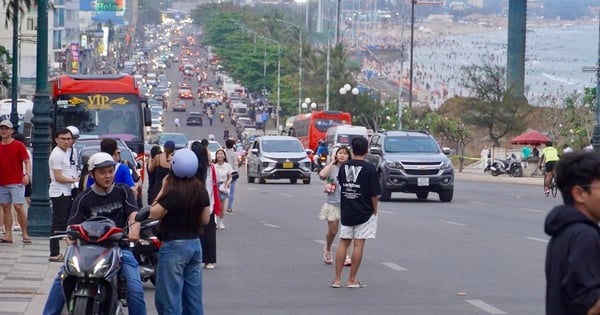

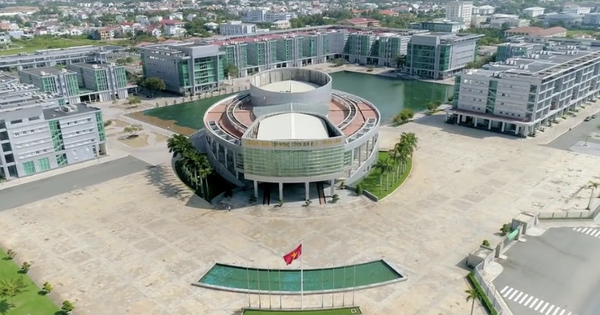

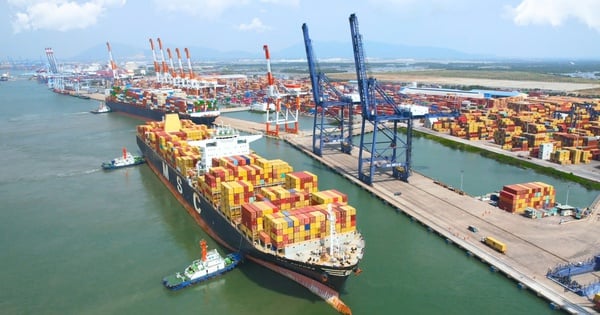
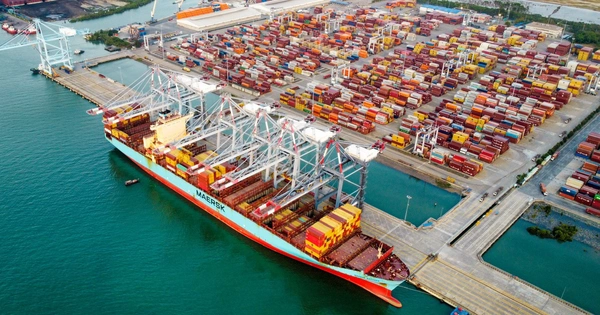
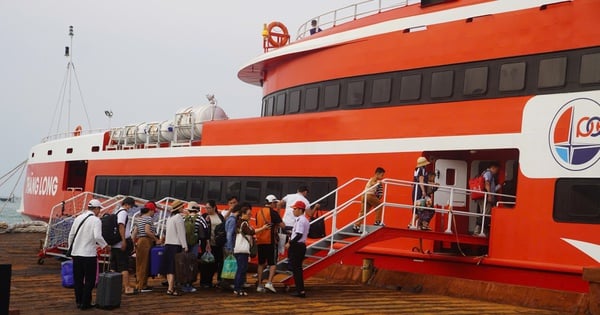

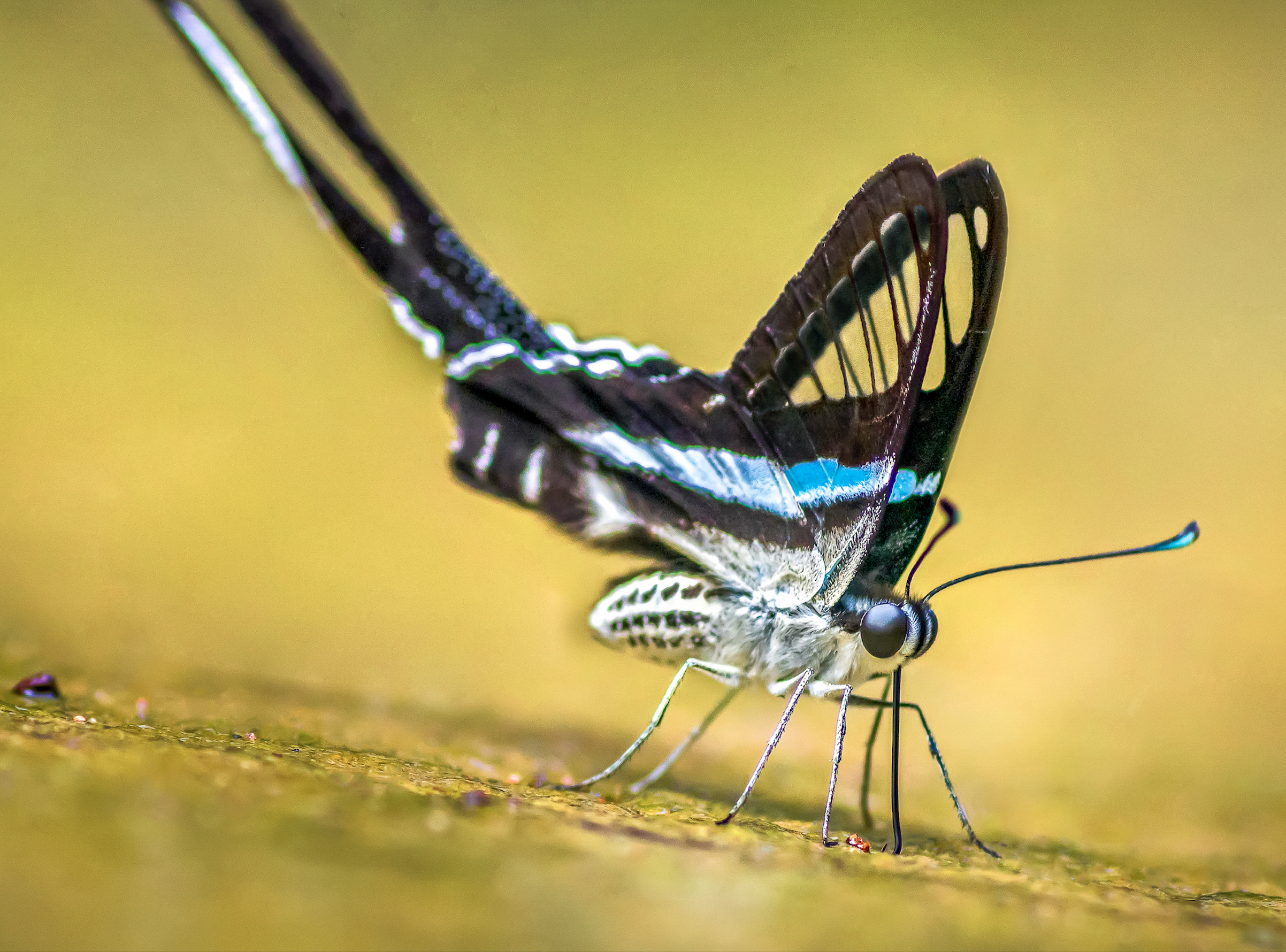
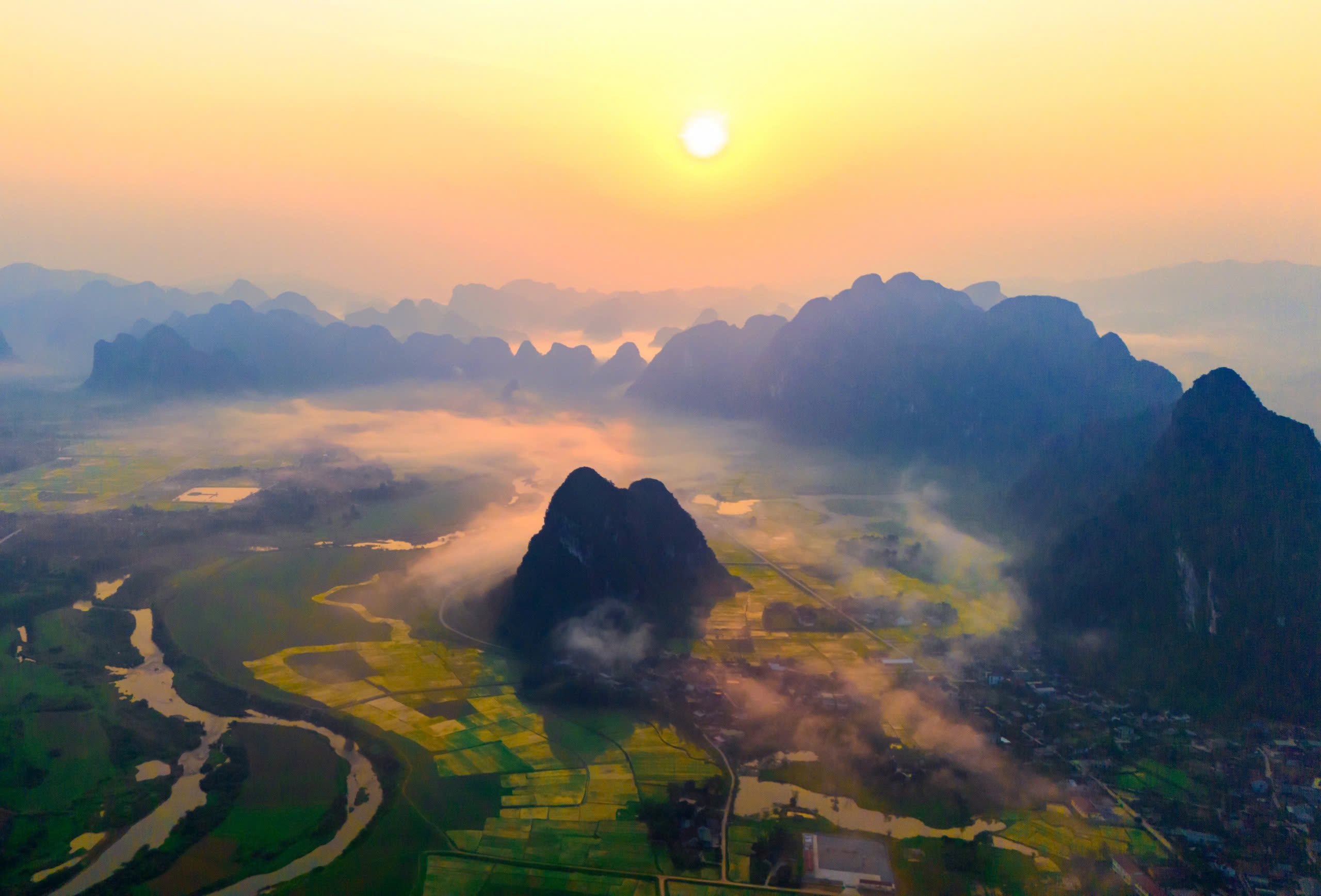
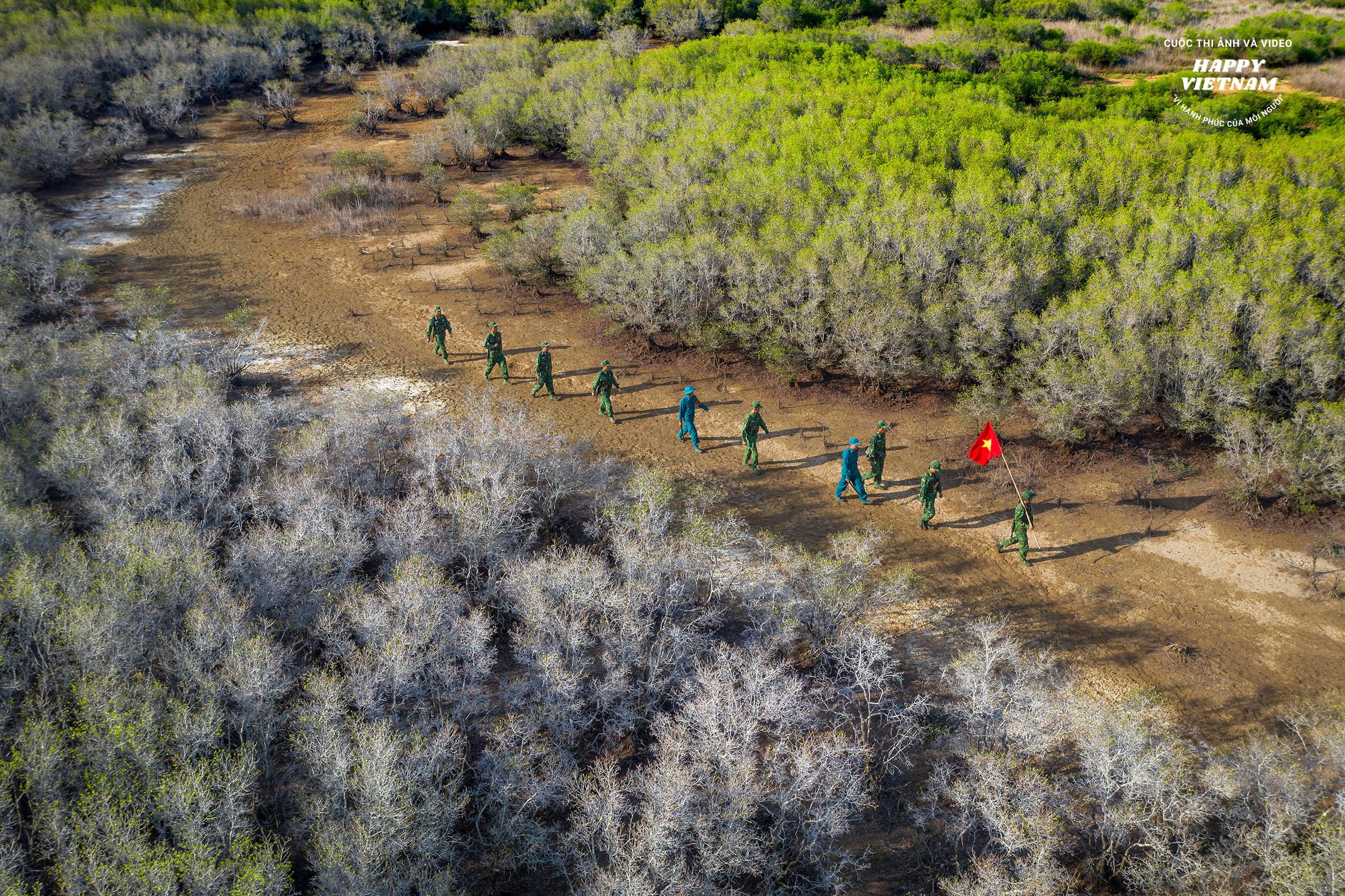
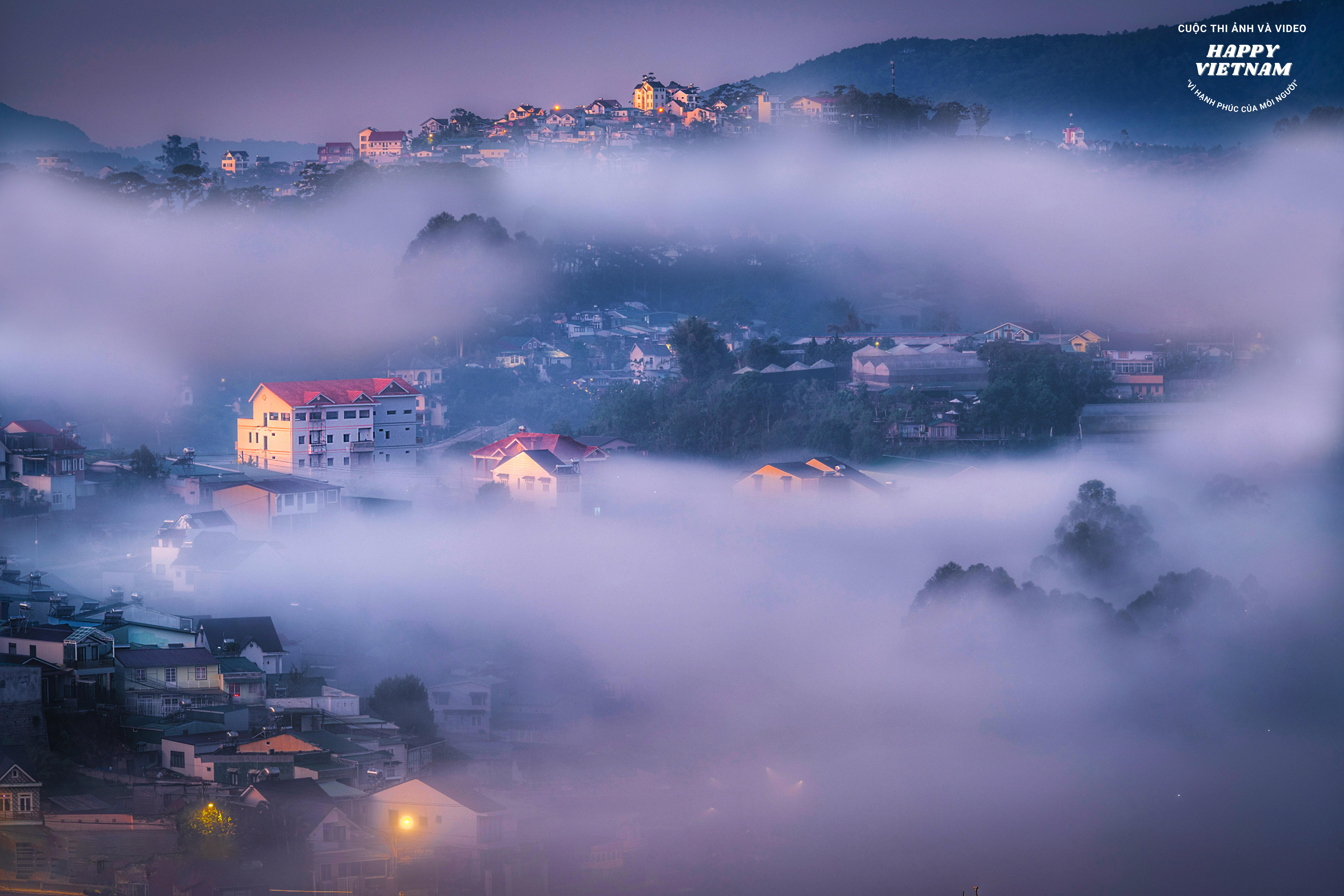
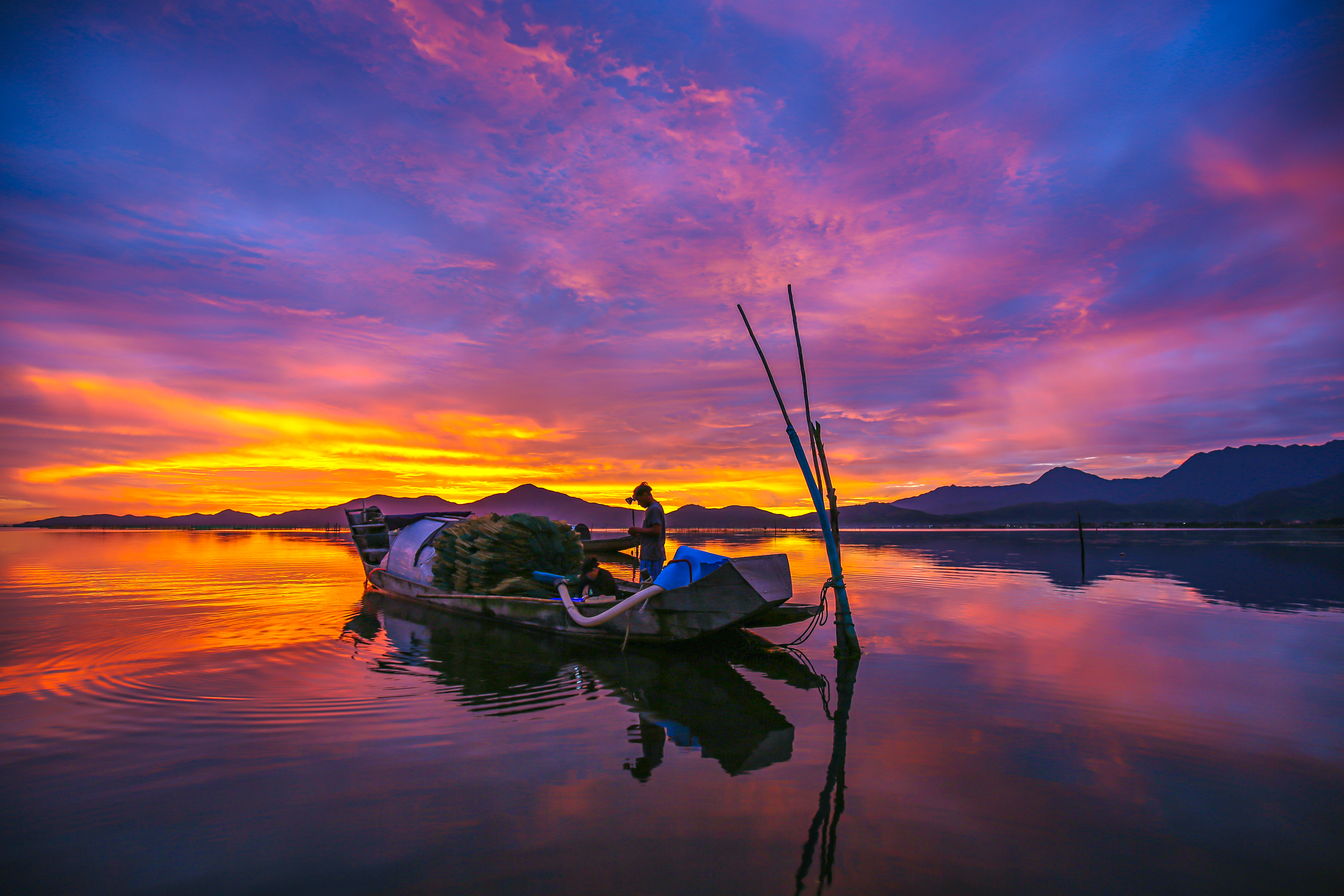

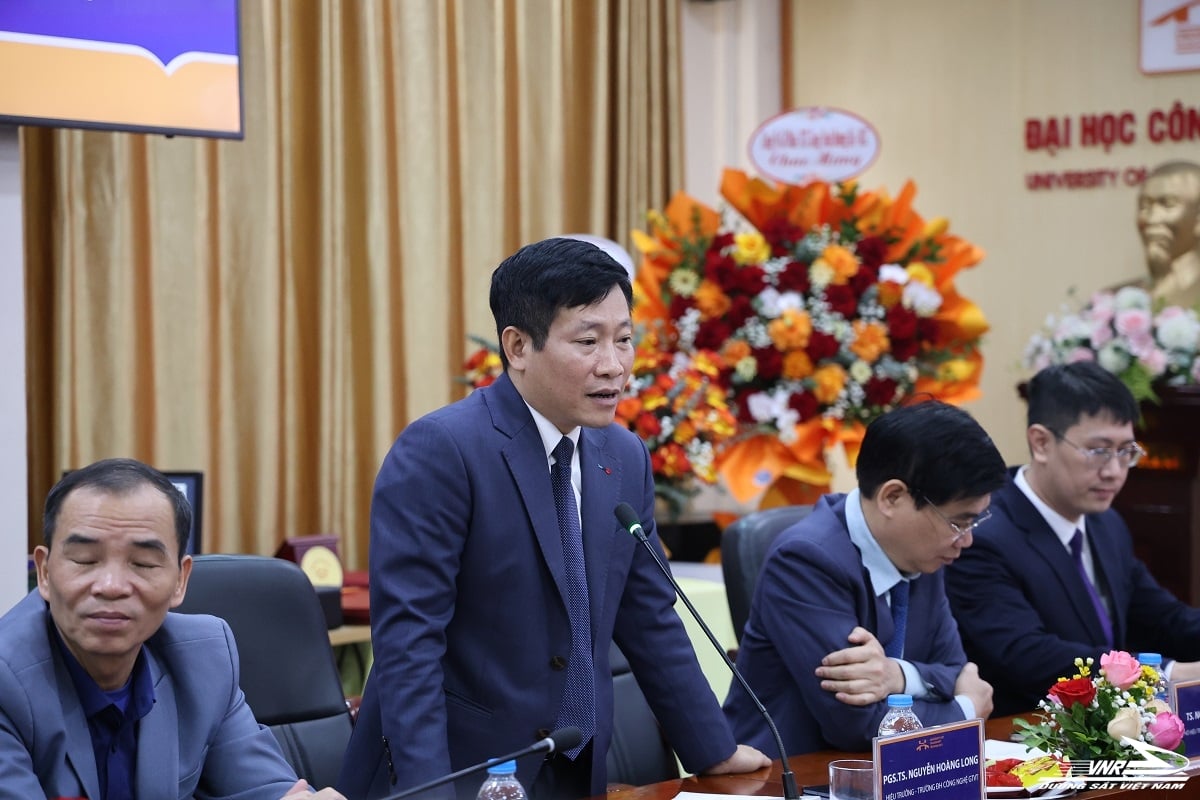


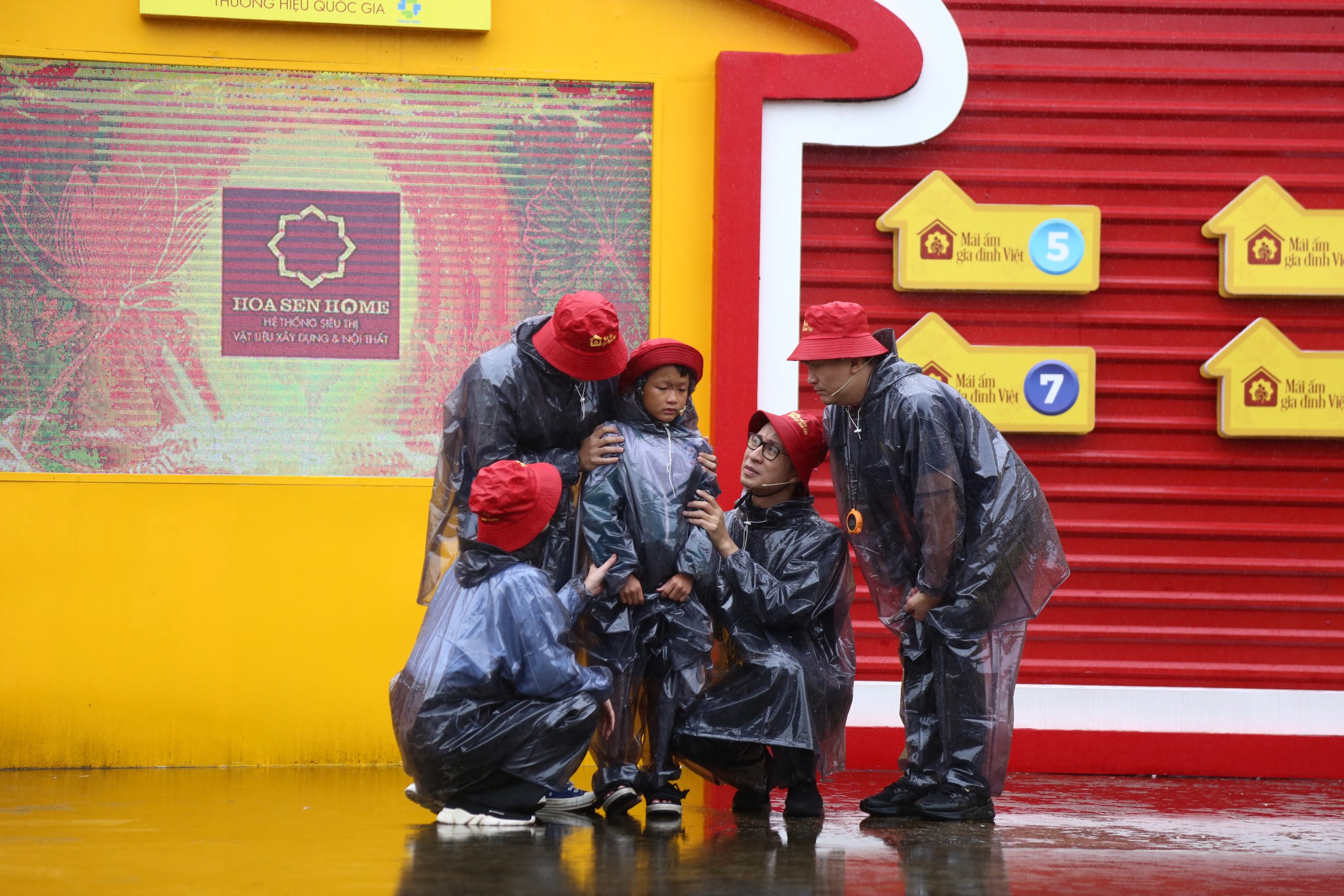
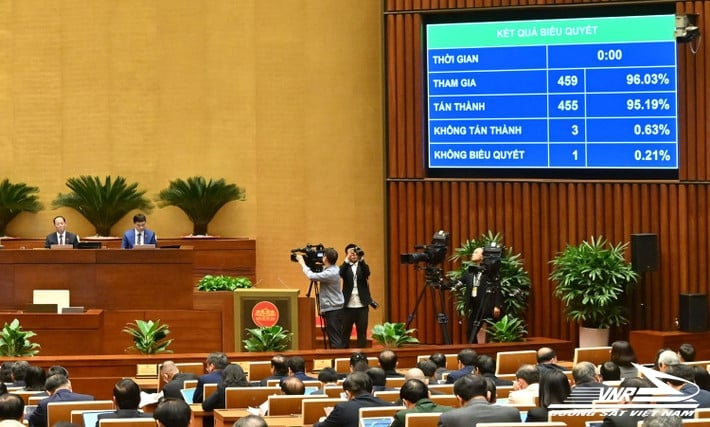
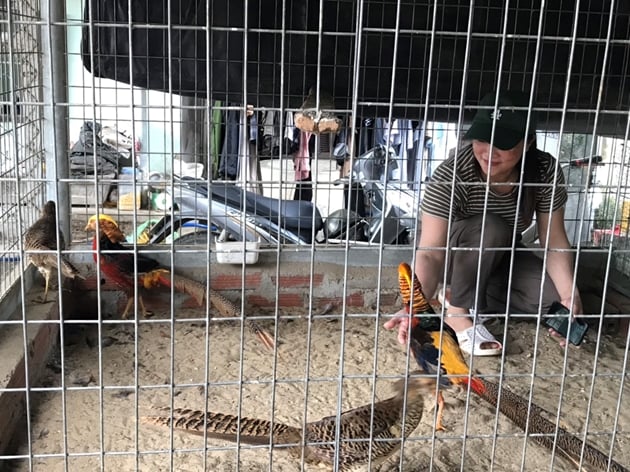



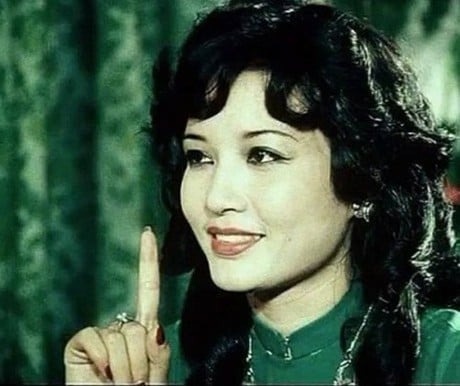


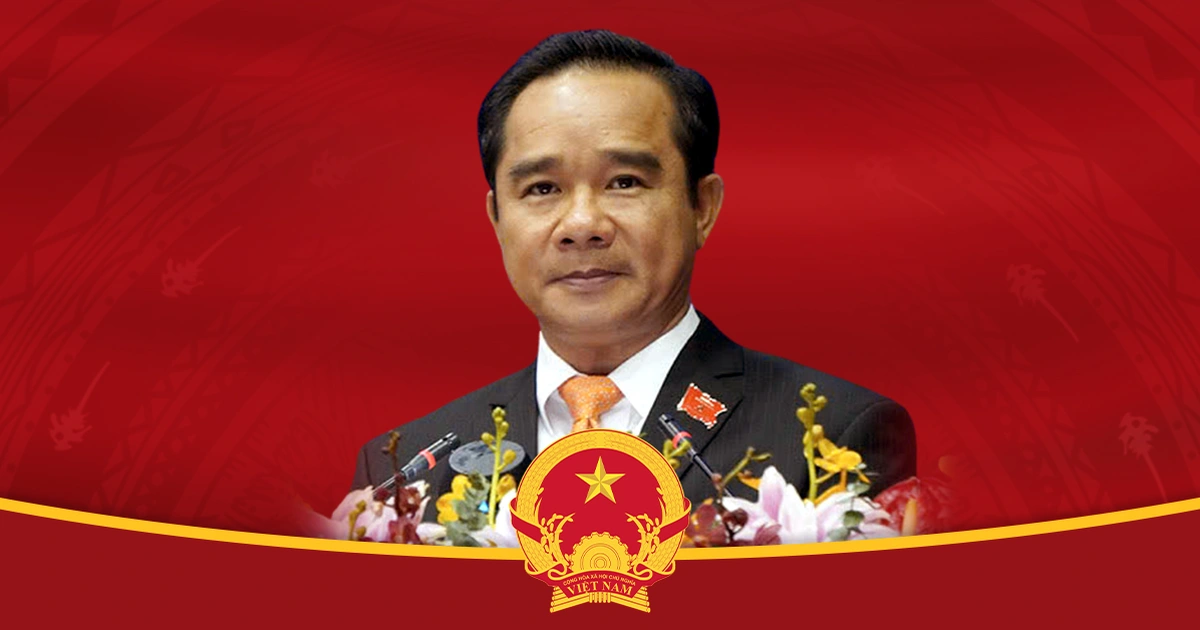


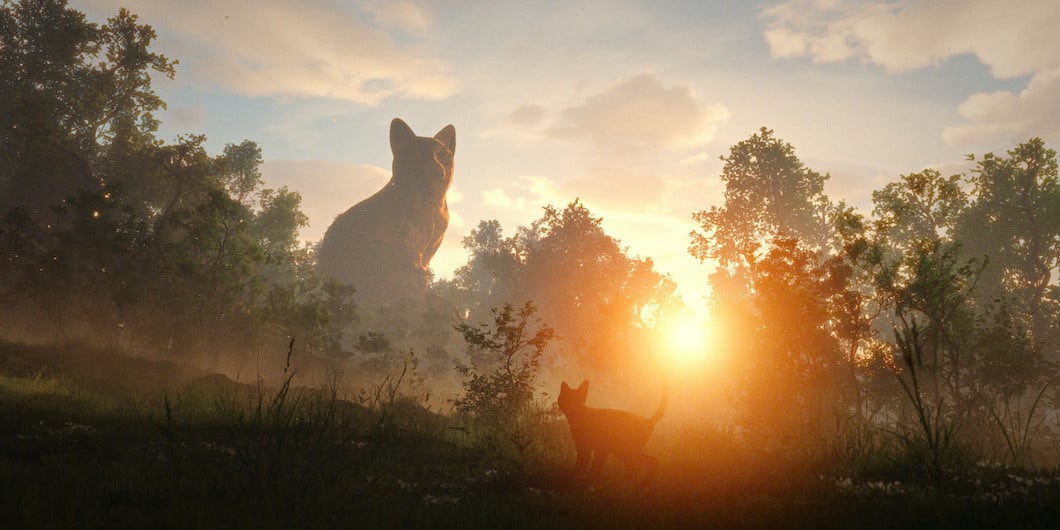
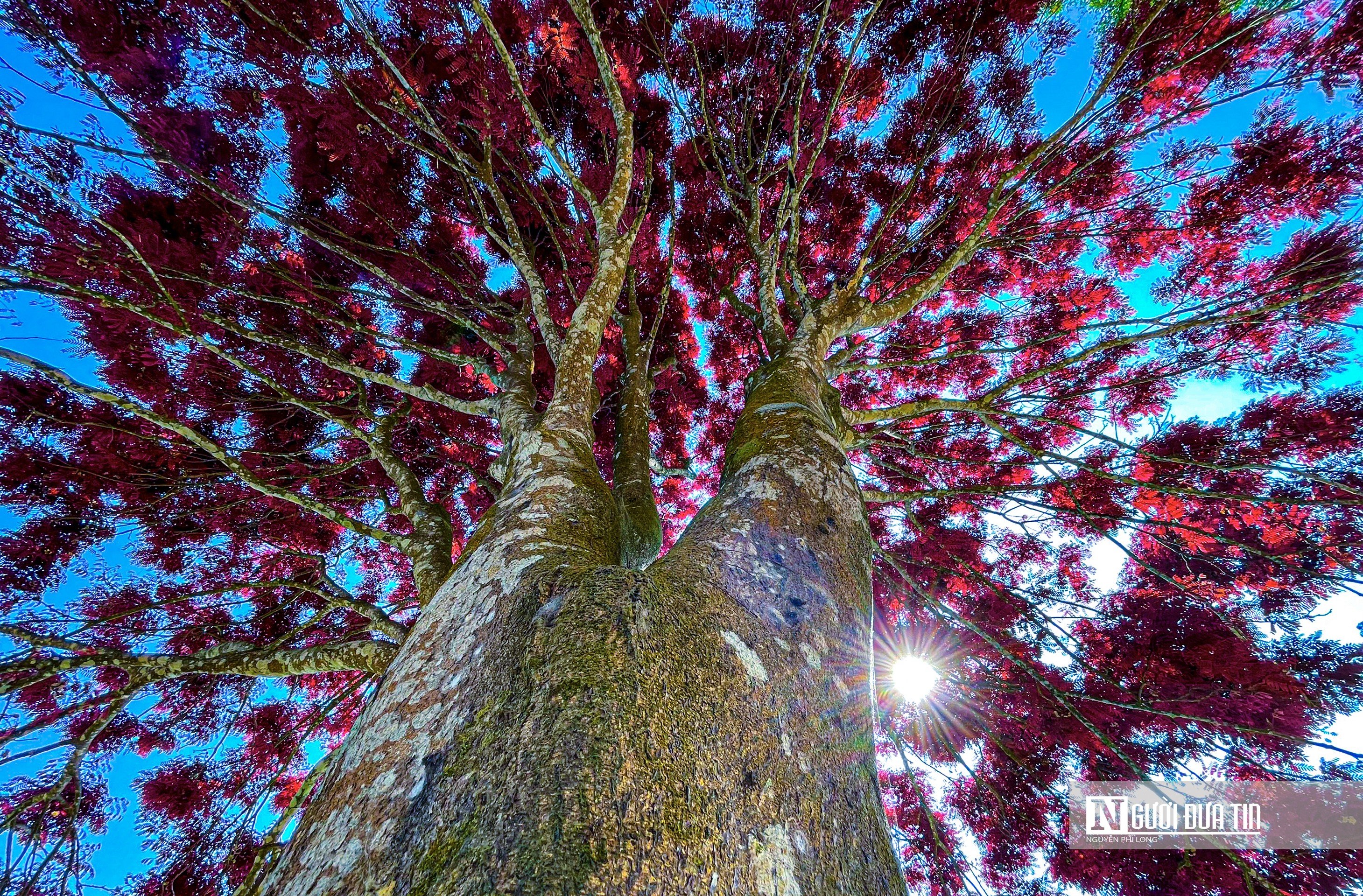
Comment (0)